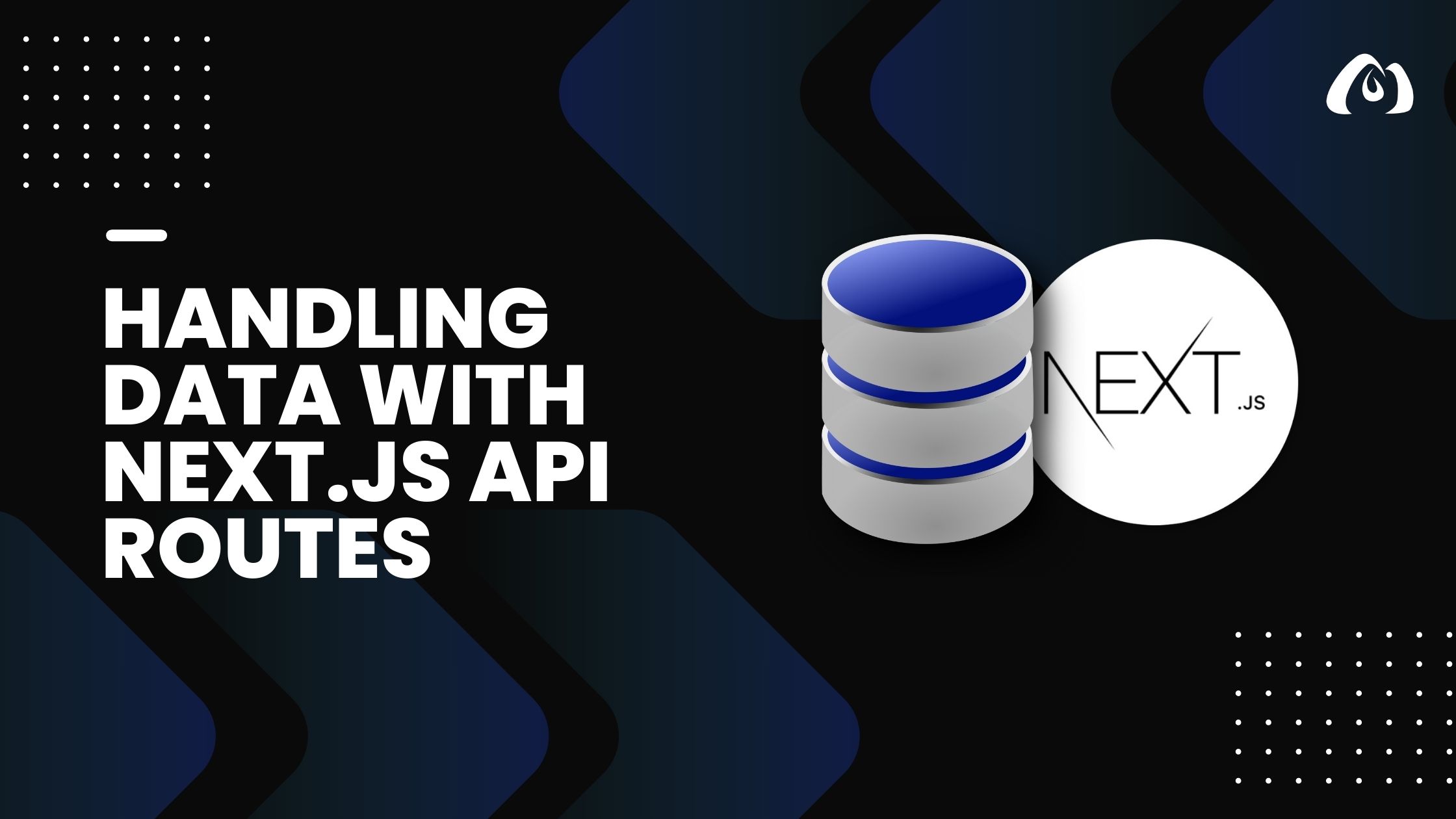Handling Data with Next.js API Routes

In the journey of building robust web applications with Next.js, handling data is a critical aspect. Next.js provides an elegant solution for this through API routes. In this tutorial, we’ll explore how to handle data effectively using Next.js API routes.
Understanding Next.js API Routes
API routes in Next.js allow you to build your API directly within your Next.js project. These routes are similar to regular routes but are designed specifically for handling data fetching and server-side logic. Let’s dive into creating a simple example.
Creating a Basic API Route
Inside your Next.js project, create a new folder named
pages/api.Inside the
apifolder, create a file namedexample.js. This file will represent our API route.In
example.js, let’s create a basic API route that returns a JSON response:
// pages/api/example.js
export default (req, res) => {
res.status(200).json({ message: 'Hello from the API route!' });
};
Accessing the API Route
Now, when you run your Next.js application and visit http://localhost:3000/api/example, you should see the JSON response: { "message": "Hello from the API route!" }.
Fetching Data in Your Components
Now that we have a basic API route set up, let’s integrate it into a component.
Create a new page in the
pagesdirectory, for example,pages/data-fetching.js.In this new page, fetch data from the API route:
// pages/data-fetching.js
import React, { useState, useEffect } from 'react';
const DataFetchingPage = () => {
const [data, setData] = useState(null);
useEffect(() => {
const fetchData = async () => {
const response = await fetch('/api/example');
const result = await response.json();
setData(result);
};
fetchData();
}, []);
return (
<div>
<h1>Data Fetching Example</h1>
{data && <p>{data.message}</p>}
</div>
);
};
export default DataFetchingPage;
Conclusion
Congratulations! You’ve successfully created and accessed a basic API route in Next.js, and integrated it into a component for data fetching.
In the upcoming tutorials, we’ll explore more advanced data handling techniques, including working with databases, dynamic routes, and real-time data.
Stay tuned for the next tutorial where we’ll focus on optimizing the performance of your Next.js applications.
Happy coding!
